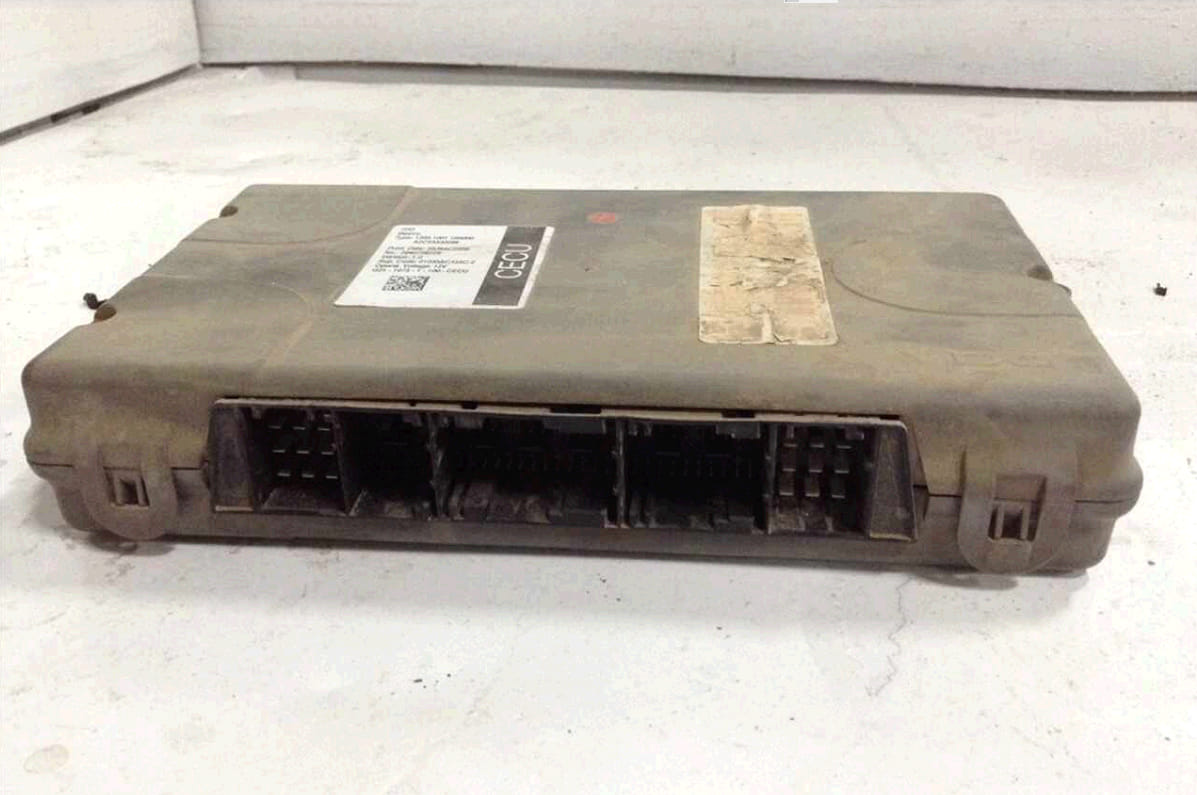There have been increasing complaints regarding Kenworth CECU problems in the past years.
For instance, these are not at all minor flaws. In fact, they are concerning because of the potential harm these problems can cause to motorists.
Find out more about these Kenworth CECU issues and what you need to be aware of as an owner of this type of vehicle.

Contents
Kenworth CECU Problems That May Concern You
PACCAR, Inc is the name behind many of the popular medium and heavy-duty trucks manufactured in the world. It is responsible for the manufacturing and design of Kenworth trucks, as well as Peterbilt and Leyland.
Unfortunately, many complaints have been raised regarding PACCAR engines. Customers who have complained about this brand state that the engines are defective and tend to fail repeatedly. Hence, this causes danger not only to the drivers but to the motorists, as well.
The only possible remedy for these engine problems, according to customers, is the replacement of such defective parts that has been overlooked more often than not.
The engine has succumbed to numerous defects. Thus, fault codes warning drivers continue to appear, which alert them about their vehicle that needs servicing. Unfortunately, there is no real necessity for these repair work, in some cases. Thus, excessive downtime is often accumulated, resulting in a negative impact to one’s bottom line.
Additionally, there were defects that lead to a loss of power of the truck. The vehicle then stops unexpectedly, and this poses danger to motorists while adding up to the extra expenses of vehicle owners.
More often than not, these vehicles require to be towed away. But not just taken at any repair shop – it has to be a PACCAR-authorized repair. As a result, these faulty engines lead to the resale value plummeting, which makes it not the best kind of investment.
Typically, truck owners may avail of free repairs if the vehicle still has its warranty active. Yet, defects continue to arise even after conducting repairs. This is why the damage limit to the warranty poses inconvenience and budget concerns to the operators.
Further Issues With Kenworth Trucks And Dealing With Them
Bad ground is an issue linked with a ground circuit or wire with more resistance than what is normal because of oxidation or corrosion in the wiring harness.
Because of this corrosion, bigger problems occur, especially with trucks that are controlled with an electronic control unit or ECU.
Sometimes, you may notice issues after several hundreds of thousands of miles. But in other cases, they may show up straight from the factory – even with the mileage as low as 30 to 300 miles.
Grounding issues can be linked with numerous issues such as poorly installed aftermarket equipment, tightly installed zip ties, resistance, corrosion, overly or unsecured harness, and a vibration of the diesel engine.
In the case of a corrosion issue, you should be able to spot this one easily with a hint of light film or light green on the pin connections. You can identify a grounding issue in the high resistance values right between the frame and truck cab and between the engine and the frame. When you notice a value over 0.3 ohms, this can lead to a problem.
Furthermore, there is the case with communication issues existing between the ECUs. This complicates the process of diagnosing problems.
If you encounter electrical ground problems with your Kenworth truck, you should be able to find relevant information on the wiring schematic of your vehicle. This provides details on the connector locations, wire colors, pin locations, and circuit numbers.
Read More: International Prostar Ac Problems You Need To Know
Additional Tips To Consider
Eliminating potential causes of problems is what you can start with. For instance, check the fuses and see if it causes the issue. If not, then proceed to examine the wire and what it is controlling such as the motor, light sensor, and so on.
You should also identify the circuit and make sure there are no damages to the wire. Hence, this should maintain good continuity. If this is not the problem, then check the beginning of your circuit.
In some cases, you may not be able to easily trace or duplicate the problem. Some “invisible” factors that make it difficult to detect and troubleshoot problems include vibration, pressure and temperature.
As a result, you may find it helpful to consult a professional who can help you address the problem and deal with it once and for all.